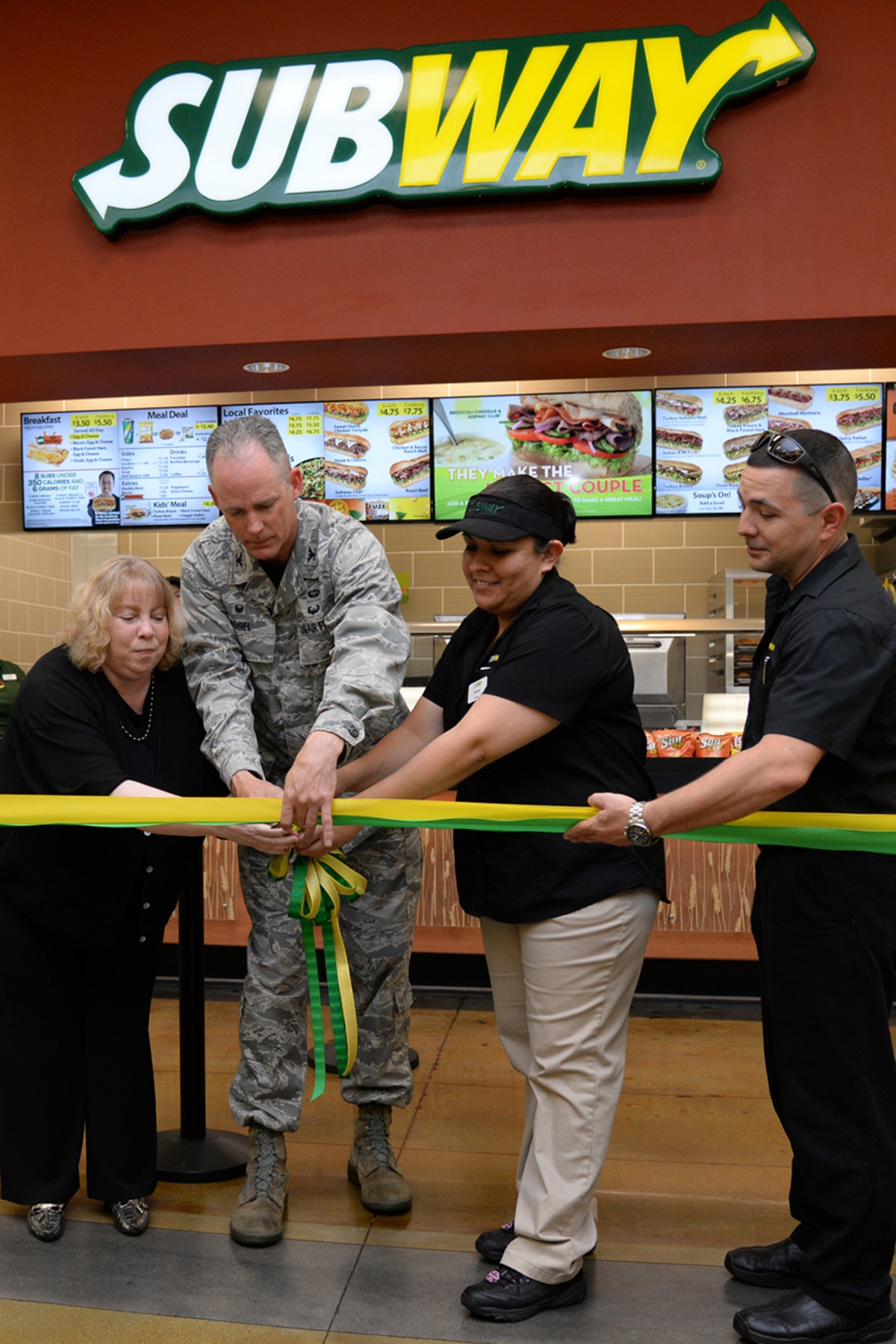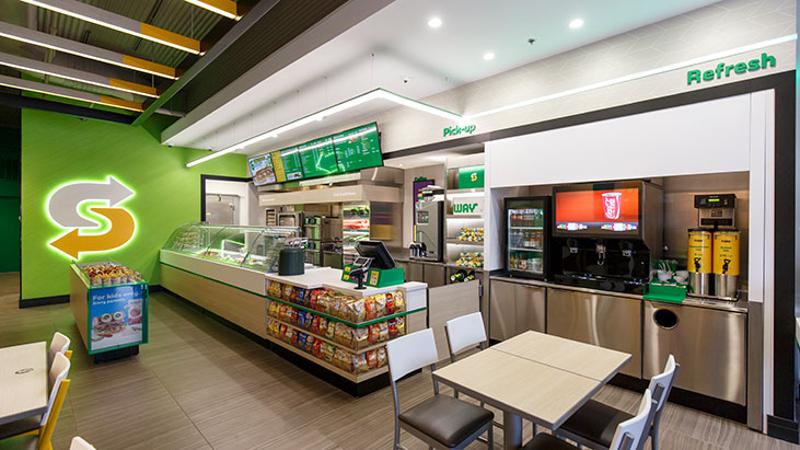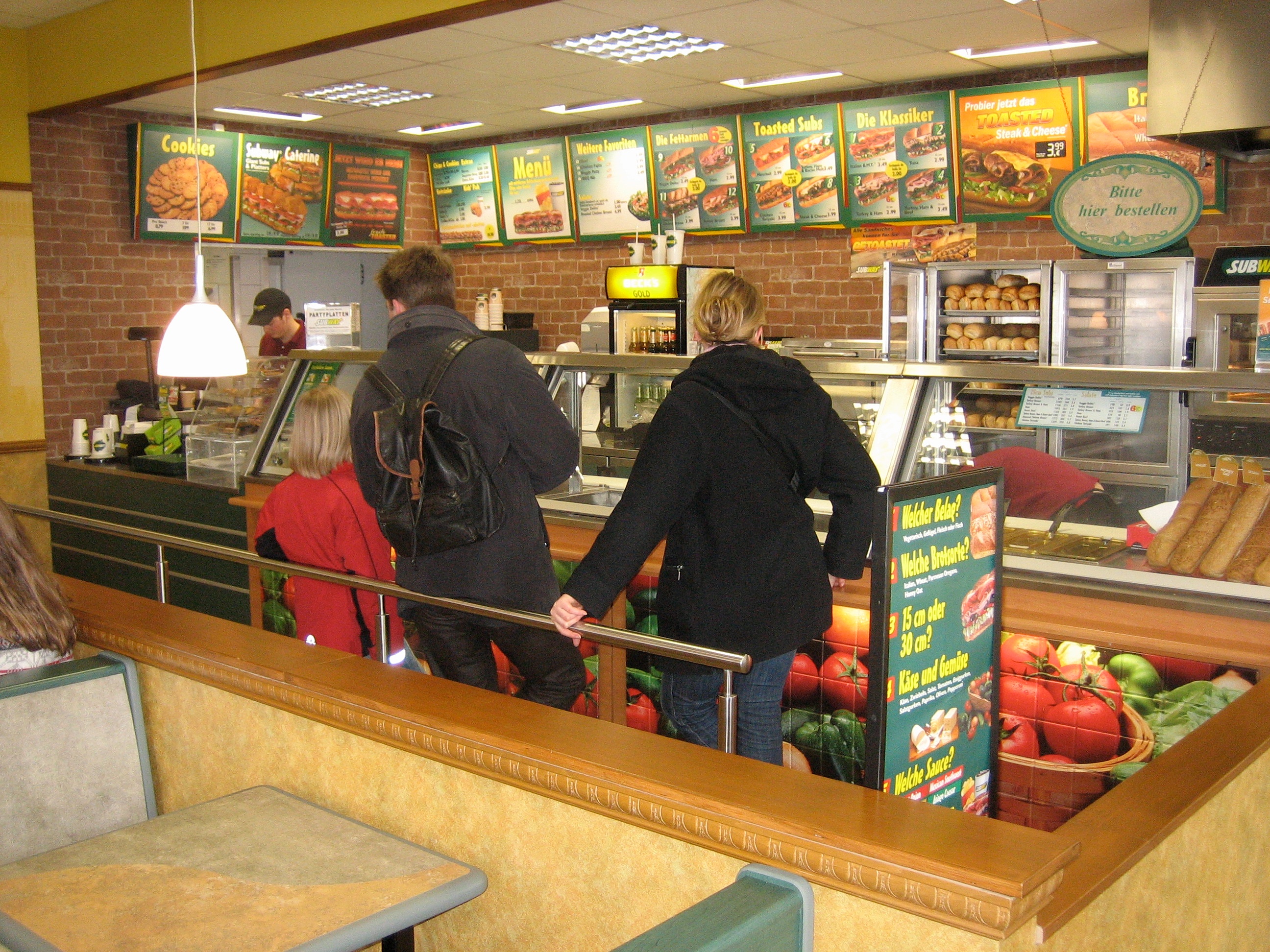As the New York City Subway System slowly erodes into decay, its namesake, Subway restaurants, is facing a similar pickle: too many years of unregulated growth, lack of internal improvements, a confounding value proposition, and in-fighting are all sending the restaurant off the rails.
Same-store sales have dropped every year since 2012, store traffic is down 24.5%, and unit sales, already dangerously low at $482,000 have dropped 15% over the same time period to $420,000/year. These numbers explain why they will close 500 US locations this year after closing 800 last year.
Of course, when you operate 40,000 global locations and still control 76% of the nation’s sandwich market, those numbers can seem awfully insignificant. But they reveal the long term obstacles Subway faces amidst a changing QSR market. So, all aboard, mind the gap, and let’s get on this food service market research train to see how Subway got to its current destination and where future tracks may be laid.
What’s More Toxic, Yoga Foam or Jared?
Over the last seven years, Subway has gone from champion of healthy alternative fast food to a half-baked joint that puts yoga mat foam in their bread and had a pedophile for a spokesperson. But let’s not oversimplify this—those two catastrophic public relations disasters have hurt Subway, no doubt, but they are nowhere near the only or even most significant source of their current struggles.
Let us recall that Subway’s glory years coincided with the gory years of the 2008 recession. With a perfectly timed value proposition and marketing campaign (this humble blogger has been humming the $5 footlong song all morning), Subway became the king of cost-efficiency. As other restaurants shuddered and shuttered, Subway expanded, opening 2,300 units during the recession and another 4,000 in the five years to follow.
Sure, there were a few bumps along the way—their 2010 breakfast initiative never really took off, failing to compete with McDonalds and Starbucks—but they just kept growing. This era of discounts and expansion is where the real trouble began.

Stuck in the Middle with Who?
By riding their value proposition through the recession, Subway hitched its car to a discount engine that they have since been unable to shutdown. They became the discount sub shop, which is all fine and good during a recession but now that disposable income is back up consumers see them as down market from Panera, Jersey Mike’s, Firehouse, and a whole host of post-recession restaurants. So while people welcomed the footlong (or maybe 11 inches?) bang for their recession buck, times have changed and they aren’t just looking for the best price, they are looking for the best value. When you are known for putting yoga foam in your bread, that’s a tough battle to win, even at a discounted price.
But that’s just one side of the issue, the other side is even more problematic. By running the $5 footlong for as long as they did, Subway devalued their product. Now a $8.99 footlong seems absurdly overpriced to many a bargain consumer who long ago grew accustomed to valuing a footlong sub exactly as Subway valued it, at $5. For franchisees, this is maddening—they are asked to eat the losses of excessive promotions, and a $5 footlong is far less tenable for urban locations with higher rent, labor, and even utility costs.
This is a middle ground nobody wants—too expensive for the bargain seeker, too cheap for everybody else. Indeed, we’ve described similar problems befalling fashion retail, where some luxury brands have found challenges shedding the discount expectations customers carried over from the recession.
They similarly ride an unfortunate third rail middle ground when it comes to health and nutrition. Yes, they were the original ‘better-for-you-than-burgers” fast food chain and it still is undeniable that eating a fresh veggie sandwich is better for you than a frozen QSR burger and fries. But these are not the only two alternatives anymore.
Subway has been slow to keep up with evolving tastes and preferences (how are they just getting around to gluten-free bread and antibiotic free chicken?!) and is getting t-boned by niche establishments catering to particular dietary preferences and restrictions, as well as the boom of second-wave sandwich shops that traffic in clean labels and can throw around terms like ‘organic’, ‘preservative-free’, and ‘locally sourced.” Subway can claim none of these things.
Simultaneously, they are too healthy for QSR consumers looking to indulge. It is telling that Subway is the only major fast food chain to not see a stoner bump (nobody gets high and hits up Subway, it seems). No, they are not going to get run out of business by a bunch of discontented potheads, but this speaks to a broader problem: nobody, whatever their mental state, goes to Subway on their cheat day.
Take the F Train to Recovery Station
Subway is trying to get back on track, but there have been some delays. The loyalty program, which is finally debuting this year, will basically give customers a $2 discount for every $50 they spend. Doesn’t sound all that groundbreaking, right? Worse, it took far too long to go live—according to one franchisee, “The loyalty program is a year behind, with many false starts.”
The loyalty program is just one link in a chain of reboots for the restaurant; they are also implementing a radical redesign (at franchisee expense) that has debuted in 40 locations and will now rollout nationwide. Abandoning the early twentieth-century brickyard aesthetic, the chain will now favor a more modern and simplified design, with brighter lighting, sleeker furniture, and an emphasis on their fresh produce which will be displayed around the restaurant.

They are also streamlining their production to handle both in-store and digital orders, adding new menu items (sandwich wraps, coffee beverages, and gluten-free bread), and trying to make restaurants friendlier to lingering with cushioned benches, USB charging ports, and curated music.
Debris on the Tracks?
If Business Insider’s sources are to be believed, the turnaround may prove difficult. The article—an utterly devastating evisceration of Subway’s leadership, culture, and corporate-franchise relationship—quotes several despondent franchisees who ultimately call for CEO Suzanne Greco’s resignation or replacement. They are frustrated by Subway’s slow progress toward drive-thru service, its lack of imagination when it comes to new menu items (everybody is jealous of Arby’s gyro), and the chain’s willingness to cannibalize existing locations for the sake of expansion.
That last point is particularly problematic—one franchisee noted, “Stores that were exceptionally strong five years ago are much weaker now,” and also alleged that corporate pressures franchisees to open new, nearby Subway locations or face competition from someone else who will.
This conflict is not unfamiliar to franchise-modeled restaurant. At the core, the issue is this: Franchise fees keep Subway afloat, and adding those fees with new stores, whatever their ultimate profitability, increases that revenue. And this is just on the franchisee relations side; the New York Post’s recent piece was equally brutal but instead focused on infighting within corporate leadership.
Food Service Market Research: Data, Take the Wheel
Sounds pretty grim, right? Well, yes, and no. We’ve been around the food industry too long to confuse a cold streak for stone-cold dead. Keep in mind that it wasn’t too long ago that everybody was slurping Chipotle and shading McDonalds.
It is not as though leadership is ignoring or grinning through these issues. Yes, they still release sanitized and optimistic statements, but these are accompanied by sober assessments. “The shareholders do understand the magnitude of the situation,” CEO Suzanne Greco said in a recent memo.
So far, so good—understanding the situation’s gravity is the first step towards taking flight. But the next step is just as critical, and at this juncture it seems glaringly obvious that Subway needs to get a quality strategic consultant in the room and run some in-depth market research. They don’t need to start from scratch, but they do need a road-to-Damascus moment where they figure out who they are and who they want to serve. To do so, they must understand their primary market, establish a new competitive pricing system to get out of the dreaded middle ground, and most importantly hear the voice-of-customers.
It won’t be easy, but that’s why it always pays to get professional help.


